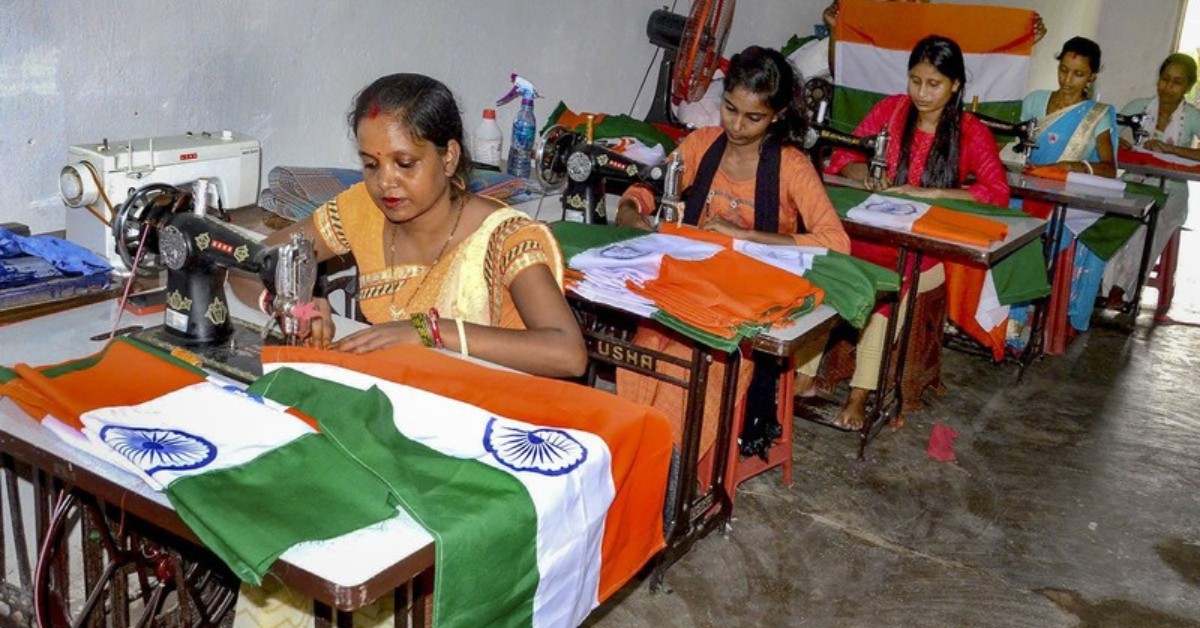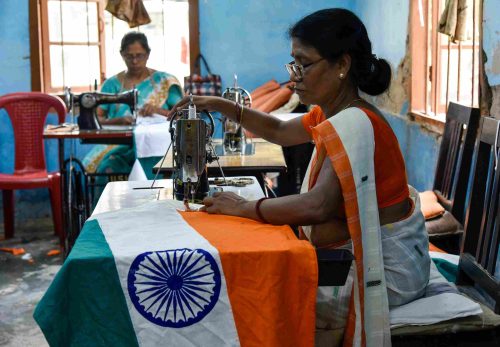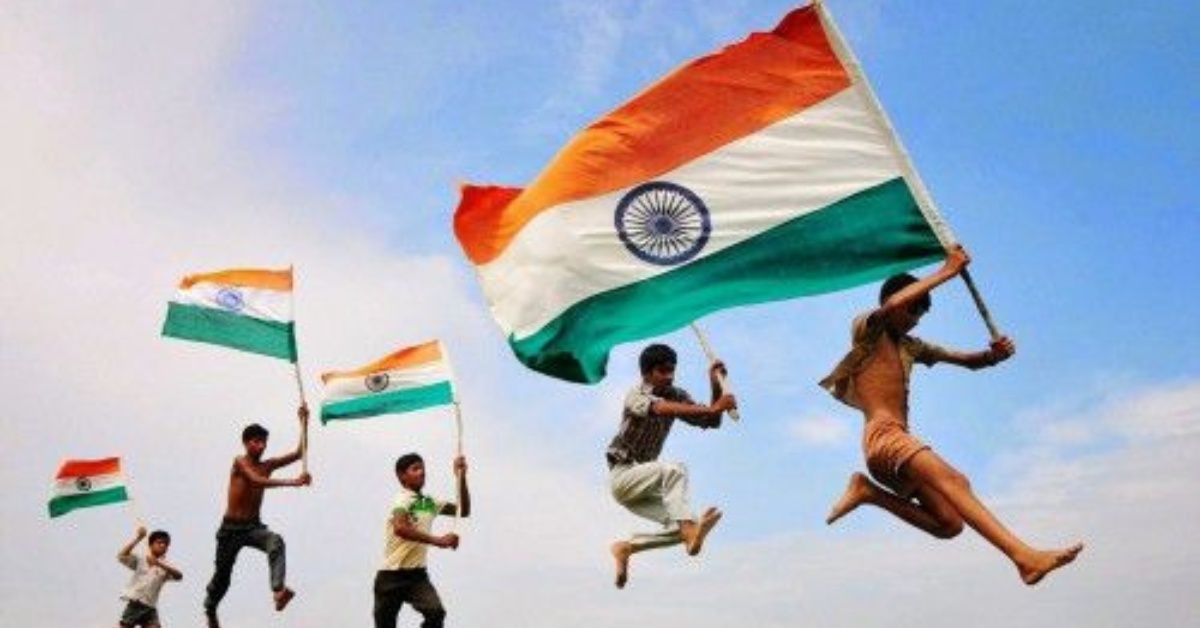Why a Tiny Village in Karnataka Holds the Sole Right to Make India’s Flag
In a modest lane of Bengeri village near Hubballi, the air hums with the rhythmic clatter of looms and the soft rustle of cotton being spun into history. Here, inside a small, sunlit khadi workshop, hands move with care and purpose — weaving not just fabric, but a symbol that unites over a billion people.
This is the Karnataka Khadi Gramodyoga Samyukta Sangha (KKGSS) — the only unit in India officially certified by the Bureau of Indian Standards (BIS) to manufacture the Indian national flag. Every tricolour that flies atop government buildings, that’s hoisted with pride on Independence Day, that drapes the shoulders of athletes and freedom fighters — begins here, in this unassuming village workshop where patriotism is stitched into every thread.
A dream rooted in freedom
The roots of KKGSS go back to 1957, when freedom fighter Venkatesh Magadi and a group of committed patriots came together with a clear vision — to keep the spirit of khadi alive and create dignified livelihoods for rural youth. What began as a quiet revolution in handspun cloth grew in purpose over the decades.
In 2004, the Sangha took on a responsibility like no other — to craft the national flag, not just with precision, but with pride. Two years later, in 2006, it became the only organisation in the country officially authorised to manufacture the Indian tricolour. Since then, every flag that soars across India’s skies has its origins right here.
 The Bureau of Indian Standards (BIS) certification ensures that every flag produced meets strict specifications for size, thread count, colour, and design as per the Flag Code of India. Picture Credits: The Hindu
The Bureau of Indian Standards (BIS) certification ensures that every flag produced meets strict specifications for size, thread count, colour, and design as per the Flag Code of India. Picture Credits: The Hindu
The journey from cotton to tricolour
Each Indian flag begins its journey in Tulasigeri, a village in Bagalkot district, Karnataka. Here, hand-spun and hand-woven cotton khadi cloth is made with precision and patience. The fabric then travels to the KKGSS unit in Bengeri.
The process is entirely manual. No fancy machines or shortcuts. The cloth is dyed saffron, white, and green in three separate lots, representing courage, peace, and faith, respectively. The navy-blue Ashoka Chakra with 24 spokes is carefully printed on both sides of the white section. Stitching together the three panels into one seamless flag is a skill honed by years of practice. Once stitched, the flags are ironed, inspected, and packed for dispatch.
Apart from the national flag, KKGSS also produces other khadi products, such as clothes, carpets, bags, caps, bed sheets, soaps, hand-made paper, and processed honey.
Perfection is patriotic
At KKGSS, making the national flag isn’t just a task — it’s a responsibility carried with deep reverence. Every tricolour that leaves the workshop must meet the exact specifications laid out by the Bureau of Indian Standards (BIS) and the Flag Code of India. From the thread count in the khadi to the precise shade of saffron, from the hand-dyed Ashoka Chakra to the method of stitching — nothing is left to chance.
Even a millimetre off, and the flag is rejected. Because here, it’s not just about getting the details right — it’s about upholding the dignity of a symbol millions salute.
Each flag is made in one of nine standard sizes, from palm-sized to monumental, depending on official use. Any variation beyond what’s permitted isn’t just a flaw — it’s a legal violation, punishable by law. That’s the weight and pride of what’s being made here — one stitch, one stripe at a time.
 The Indian national flag must be made from cotton, silk, or wool khadi, but polyester and other synthetic materials are strictly prohibited. Picture source: Shutterstock
The Indian national flag must be made from cotton, silk, or wool khadi, but polyester and other synthetic materials are strictly prohibited. Picture source: Shutterstock
Powered by women, woven with pride
At the heart of the flag-making unit are women artisans. From spinning and weaving to stitching, their skilled hands bring the national symbol to life. Most of the 25 stitchers are women and they take great pride in their work.
“We may never leave this town, but our Tricolour is fluttering high around the world,” Annapoorna Kote, a supervisor, told Swarajya magazine.
Their contribution turns every flag into more than a product. It becomes a piece of collective pride.
From one village to the world
On average, KKGSS produces about 3 crore flags in 13 years, supplying them to state governments, embassies, schools, and more. Whether it’s hoisted atop the Red Fort or draped over a martyr’s coffin, each flag from this small workshop carries immense national weight.
 Only Indian citizens were allowed to hoist the national flag freely on non-national days after the Supreme Court ruling in 2002.
Only Indian citizens were allowed to hoist the national flag freely on non-national days after the Supreme Court ruling in 2002.
The Sangha continues to produce other khadi items,including garments, carpets, honey, and soaps, staying true to its founding mission.
So the next time you salute the Tricolour, remember the village hands that made it possible.
Edited by Leila Badyari
News